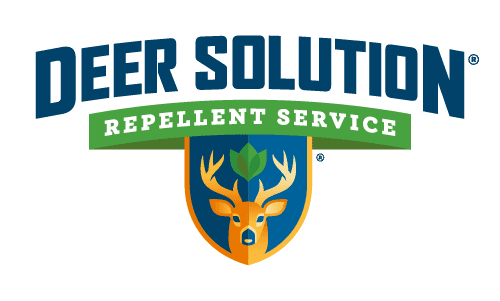Westchester County, New York, is grappling with the significant challenges posed by deer overpopulation. This issue affects various aspects of community life, including road safety, environmental health, and local agriculture.
Deer-Related Vehicle Accidents: A Rising Safety Hazard
Westchester County has reported a high number of deer-related vehicle accidents, contributing significantly to New York State’s total of 34,081 animal crashes in 2022. These incidents, particularly prevalent during the deer mating season from October to December, pose a significant safety risk to drivers.
The increased activity of deer during these months often leads to collisions, especially at dawn and dusk when visibility is reduced.
Ecological Concerns: Epizootic Hemorrhagic Disease (EHD)
The outbreak of Epizootic Hemorrhagic Disease (EHD) in Westchester County poses a severe ecological threat. This fatal disease in deer, spread by biting midges, has caused significant mortality in the local deer population.
Over 60 deer across 15 counties in New York, including Westchester, have died from this virus in recent months. Symptoms in infected deer include difficulty standing, drooling, and intense thirst, often leading to death near water sources.
Impact on Local Ecosystem and Agriculture
The overpopulation of deer in Westchester County is causing ecological imbalances and agricultural challenges. Deer damage to trees and other vegetation leads to substantial agricultural losses and disrupts the ecological balance.
The county’s deer population far exceeds the local ecosystem’s carrying capacity, causing environmental issues such as forest degradation and loss of biodiversity.
The deer overpopulation issue in Westchester County highlights the need for effective management strategies. The increased risk of vehicle accidents during the mating season, combined with ecological threats like EHD, underscores the importance of proactive measures.
Addressing these challenges is crucial for ensuring public safety, protecting the environment, and maintaining agricultural sustainability.










